A stunning new concept for Black!
by Luc Henris
After 1.d4 d5 2.c4 e5 3.dxe5 d4 4.Nf3 Nc6 5.a3 Nge7 6.b4 Ng6 7.Bb2 a5! (an essential move, forcing b4-b5 before Black regains the pawn on e5, while weakening White's queenside and getting control of the important c5-square for the bishop on f8) 8.b5 Ncxe5 9.Nxe5 Nxe5 10.e3, we reach a very important position in one of the most topical lines of the Albin Countergambit:
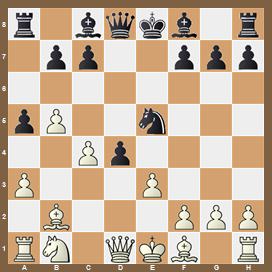
Here, the usual continuation is 10...Be6 11.Bxd4 Nxc4 12.Qc2!? Nd6 13.Bd3 Qg5!?
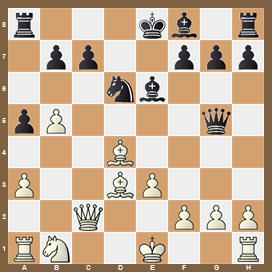
which leads to major and fascinating complications.
However, a few months ago I came across the game Fier,A - Da Silva Borges,R 1-0 in which after 10.e3 Black (instead of the theoretical 10...Be6) played the very surprising move 10...Bc5!?.
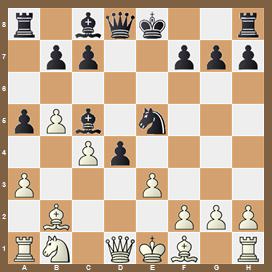
Of course, I wondered if the bishop move was just a horrible blunder which should lose the game rapidly after White wins a piece with 11.exd4. Then I realised that it introduces a completely new and incredible concept for Black! I also checked if 10...Bc5!? had been played before, and I discovered only a few internet games with that move. So I started my investigations, spending hours and hours analysing the positions arising after 10...Bc5!?, and discovered a lot of amazing variations - which I now want to share with you!
From the above diagram, I divided my material as follows: A) 11.exd4, White's most obvious and tempting continuation, B) 11.Bxd4, a more prudent approach, and finally waiting moves like C) 11.Be2 or 11.h3.
A) 11.exd4
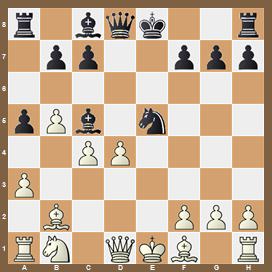
This capture finally does win a piece, but also leads to wild complications. After 11...Bg4 (this typical attack on the white queen is the only continuation for Black, adding fuel to the fire)
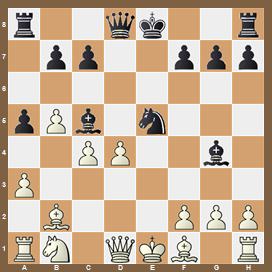
White can choose between A1) 12.f3?, A2) 12.Qd2!? and A3) 12.Be2!?.
A1) 12.f3?
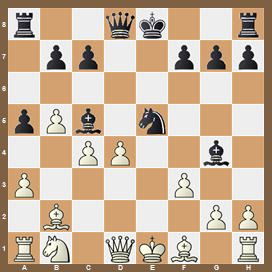
The move creates dangerous weaknesses in White's position which Black can forcefully exploit, using his advantage in development. 12... Qh4+! This queen check is the quickest way to make White's position collapse (12...Bxf3 also seems to be good enough for Black, see my analysis in Variation A11 - 11.ed4 Bg4 12.f3 Bf3 Line) 13.g3 Nxf3+!
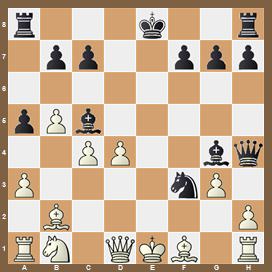
14.Kf2 (14.Qxf3 runs into 14...Qe7+!) Qf6! 15.dxc5 Nd4+ (or 15... Ne5+) and Black wins the house, see Variation A12 - 11.ed4 Bg4 12.f3 Qh4 Line.
A2) 12.Qd2
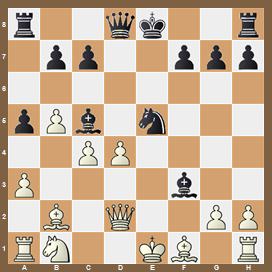
White avoids weakening the kingside, but on d2 the queen will be not ideally placed... 12...Qh4!
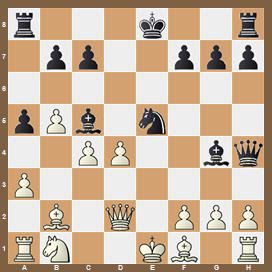
Black's typical active queen sortie in this line. 13.dxc5 (13.dxe5? Rd8-+; 13.Qe3? 0-0-0-+) 13...Rd8!.
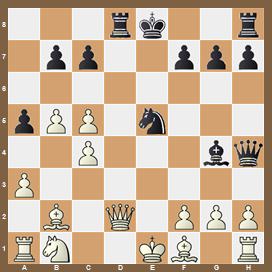
and Black picks up the queen d2 with a clear advantage, not least on account of his superior development, see the analyses in Variation A2 - 11.ed4 Bg4 12.Qd2 Line.
A3) 12.Be2!?
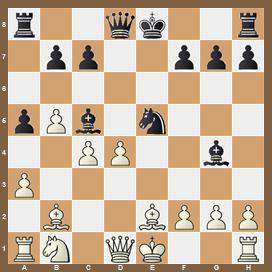
Inviting Black to simplify, but after 12...Bxe2 it turns out that neither recapture on e2 is ideal.
A31) 13.Kxe2
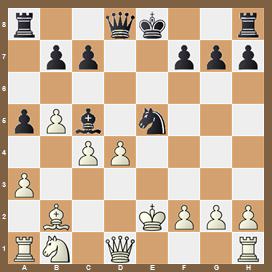
White wants to keep the d4 pawn to win a piece at any cost! But the price is really too high... 13...Qh4! (here we go again!) 14.dxc5 (14.Re1? 0-0-0-+; 14.g3? Qe4+ 15. Kd2 0-0-0-+) 14...Qg4+!
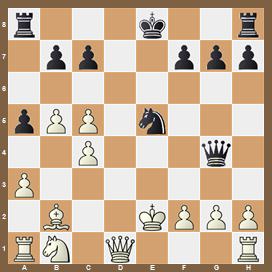
15. Ke1 Qxg2 and once again Black has a decisive advantage: 16.Qd5 Nf3+ 17.Ke2 0-0! 18.Nc3 Rfe8-+. Compare my following analyses: Variation A31 - 11.ed4 Bg4 12.Be2 Be2 Line.
A32) 13.Qxe2
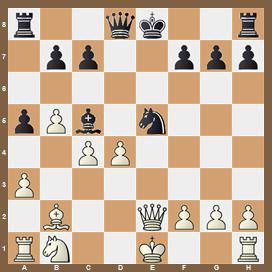
It's wiser to give back the pawn, even though White's queenside remains quite weak. 13...Bxd4 14.0-0 0-0!. Intending a queen sacrifice. 14...Bxb2!? is also worth considering, even if after 15.Qxb2 Qd6 16.f4!? the position becomes quite unclear. 15. Rd1 (after both 15.Bxd4 Qxd4 16.Nxd2 Rfe8 and 15.Nc3 Nd3! 16.Rad1 Nxb2 17.Qxb2 Qf6 18.Rd3 Bc5 Black is a bit better)
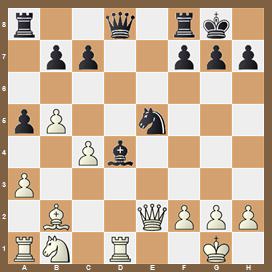
15...Bxb2! 16.Rxd8 Raxd8 17.Ra2 Rfe8! 18.Rxb2 Nd3
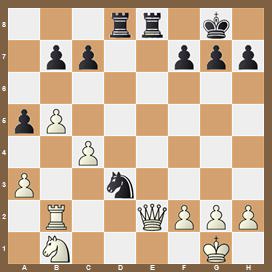
and Black regains the queen, with a distinctive endgame plus due to the well-coordinated pieces and White's queenside weaknesses. You will find the analyses in Variation A32 - 11.ed4 Bg4 12.Be2 Be2 Line.
B) 11.Bxd4!?
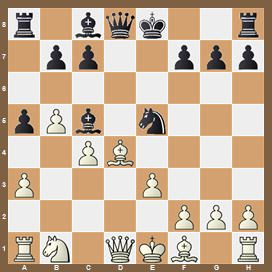
White is not interested in getting into the perilous complications that follow after 11.exd4 and is content with a possible small advantage. Black must now play actively in order to obtain sufficient counterplay for the sacrificed pawn. After the typical bishop sortie 11...Bg4, White has B1) 12.f3? and B) 12.Qd2!.
B1) 12.f3?
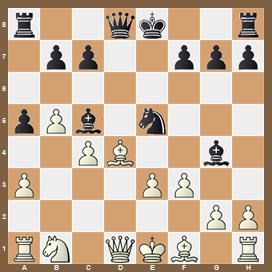
This weaking of the kingside once again turns out far too dangerous. (Note that in case of 12.Be2!? Black equalises with 12...Bxe2 13.Kxe2 Bxd4 14.Qxd4 Qxd4 15.exd4 Nxc4 16.Rc1 Nd6 17.Rxc7 Nb5!.) There follows 12...Qh4+! (or 12...Bxf3!?) 13.Kd2 Bxd4 14.exd4
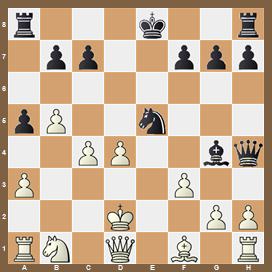
14...Bxf3! 15.gxf3 Qxd4+ followed by 16...Qxa1 with decisive advantage. You will find more analyses in Variation B1 - 11.Bd4 Bg4 12.f3 (Be2) Line.
B2) 12.Qd2!
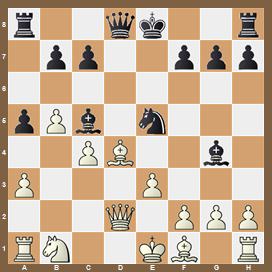
This queen move is the best by far and probably the critical test for the whole line! 12...Qe7 (12...Qd6 is inferior because after 13.Nc3! the threat Ne4 forces Black to trade on d4) 13.Nc3 0-0-0 14. Nd5 Qd6.
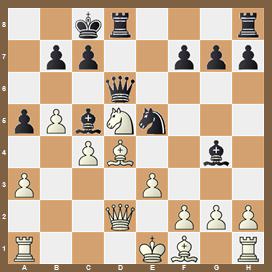
We have reached a very complicated position. Black has an advantage in development. But is this enough for the pawn? Now both 15.Qa5?! Bxd4 16.exd4 Rhe8! 17.Kd2 Nd7! 18.f3 Bf5 and 15.h3?! Bf3! would be quite unclear. Instead, White should choose between 15. Bxc5!? Qxc5 16.Qxa5 and 15.Rc1!?, see my analyses in Variation B2 - 11.Bd4 Bg4 12.Qd2 Line.
Finally, after 10...Bc5!?, White can also adopt a waiting policy with moves like ...
C) 11.Be2 and 11.h3?!
C1) 11.Be2
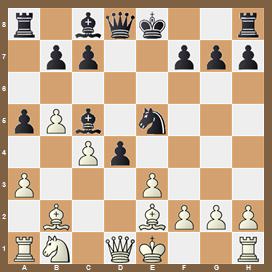
This developing move avoids the annoying ...Bg4 and retains the threat of winning a piece. Black has two interesting continuations at their disposal.
C11) 11...Be6!? and Black conquers the pawn c4 with good play, since after 12.exd4?! Nxc4 13.Bxc4 Bxc4
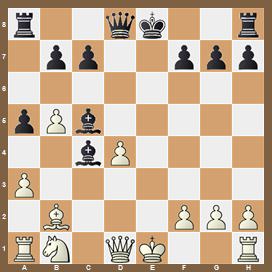
White's attempts to catch a bishop fail: 14.Qc2 Qd5! and 14.dxc5? Qe7+ 15. Kd2 0-0-0+, see Variation C1 - 11.Be2 Line)
C12) 11...Qg5!? This active move leads to big complications. 12.exd4 (12.g3? loses on the spot after 12...d3!-+) 12...Qxg2 13.Rf1 Bh3!.
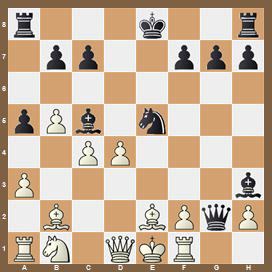
Threatening ...Nf3+ and preparing ...0-0-0, when again Black is fine, see Variation C1 - 11.Be2 Line.
C2) 11.h3?!
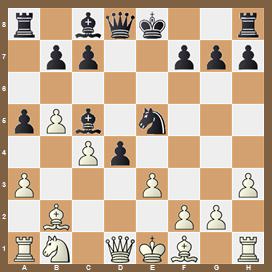
White prevents any ...Bg4. But this continuation does not develop and is just too slow. 11....Be6! 12.Bxd4 (like above, the overambitious12.exd4? fails after 12...Nxc4! 13.Bxc4 Bxc4 14.Qc2 Qe7+ etc.) Bxd4 13. Qxd4 (13.exd4? Qf6! and 14.dxe5? runs into 14...Qxe5+ followed by 15...Qxa1) Qxd4 14.exd4 Nxc4
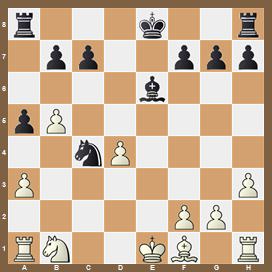
and Black is clearly better because of White's isolated pawn in the centre. For details see Variation C2 - 11.h3 Line.
Conclusion: 10...Bc5!? leads to fantastic positions which I really enjoyed analysing. In basically all variations Black seems to be more or less fine, with lots of tactics working in their favour. It once again shows the amazing resources of the Albin Countergambit, and I hope this article inspires you to employ this opening in your own practice!